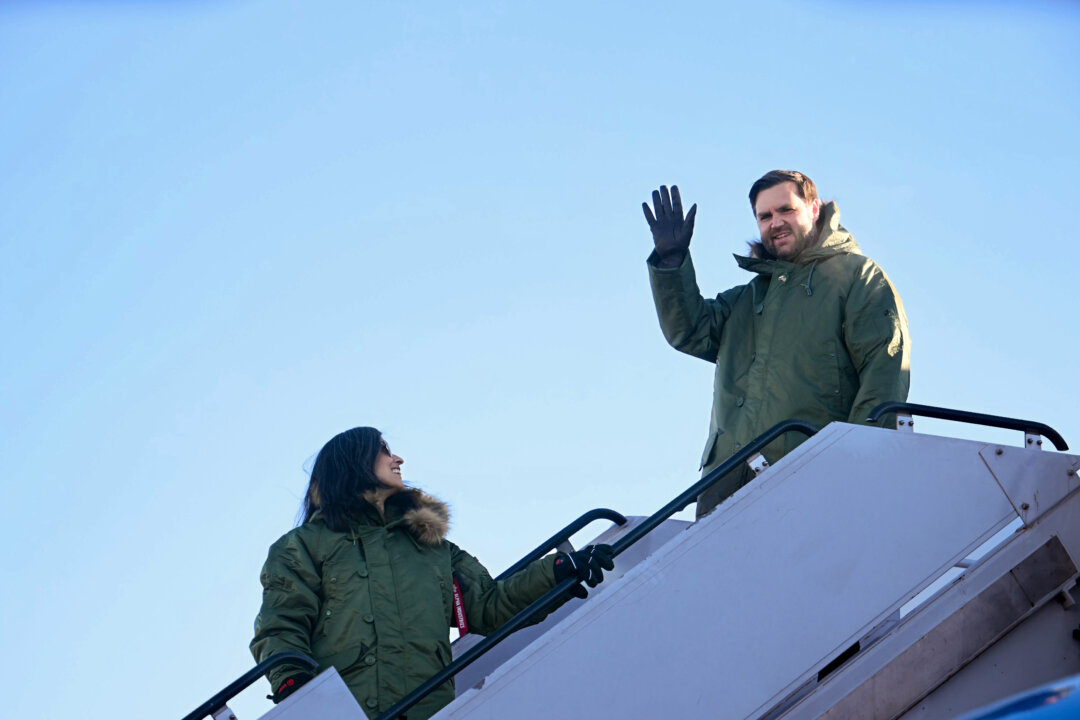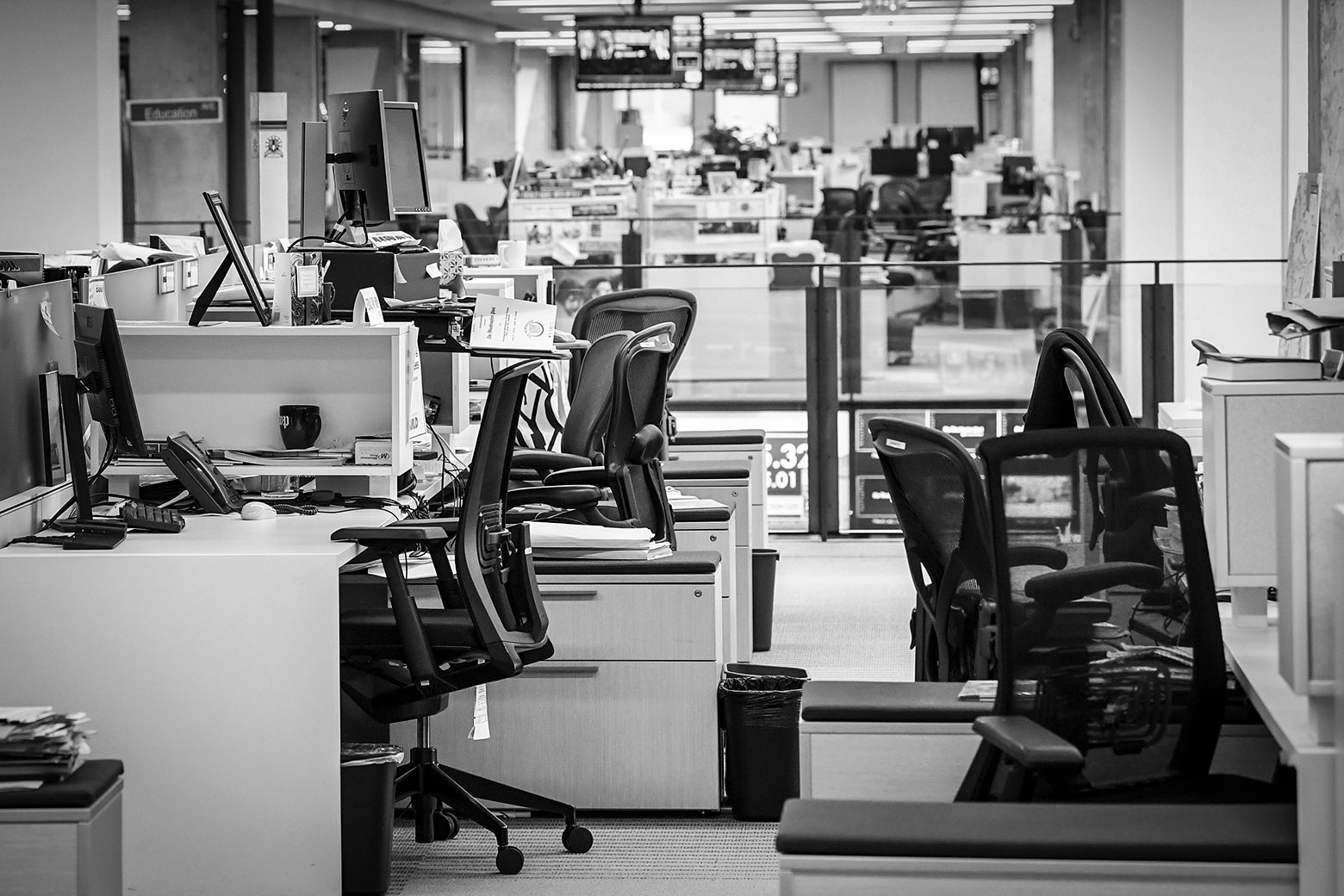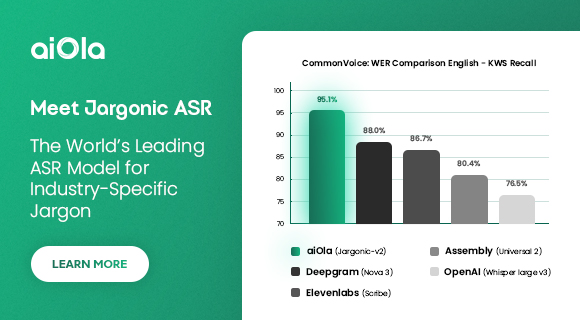NASA has revived a set of thrusters on the nearly 50-year-old Voyager 1 spacecraft after declaring them inoperable over two decades ago.
It's a nice long-distance engineering win for the team at NASA's Jet Propulsion Laboratory, responsible for keeping the venerable Voyager spacecraft flying - and a critical one at that, as clogging fuel lines threatened to derail the backup thrusters currently in use.
The things you have to deal with when your spacecraft is operating more than four decades beyond its original mission plan, eh? Voyager 1 launched in 1977.
JPL reported Wednesday that the maneuver, completed in March, restarted Voyager 1's primary roll thrusters, which are used to keep the spacecraft aligned with a tracking star. That guide star helps keep its high-gain antenna aimed at Earth, now over 15.6 billion miles away, and far beyond the reach of any telescope.
Those primary roll thrusters stopped working in 2004 after a pair of internal heaters lost power. Voyager engineers long believed they were broken and unfixable. The backup roll thrusters in use are now at risk due to residue buildup in their fuel lines, which could cause failure as early as this fall.
Without roll thrusters, Voyager 1 would lose its ability to stay properly oriented and eventually drift out of contact. To make matters worse, the only antenna on Earth with enough power to send commands to the Voyager probes - the 230-foot-wide DSS-43 dish in Australia - is undergoing an upgrade shutdown until next February, with only a couple of brief operational windows in August and December.
While other dishes around the world can still receive data from the Voyagers, those windows are the only opportunities to send commands to the spacecraft, which remain the most distant human-made objects in existence.
- Saudi CubeSat gets golden ticket on doomed SLS rocket
- NASA JPL boss bails for 'personal reasons' as budget cuts bite
- Trump wants to fire quarter of NASA budget into black hole – and not in a good way
- ESA feeling weightless and unwanted amid proposed NASA cuts
Do and maybe die; don't do and definitely die
With a hard deadline in place, the Voyager team had few options. So it turned to the primary roll thrusters that failed in 2004 - with a big IF in mind.
If those heaters weren't actually dead, and if a power switch had been flipped by a circuit disturbance, then restoring that switch might bring the thrusters back online and preserve control of the spacecraft if the backup system failed.
The idea was to restore heater power to the primary roll thrusters, then let Voyager 1 drift far enough from its guide star that its onboard system would automatically fire the thrusters to correct its course.
If the heaters were still off when the dormant thrusters auto-fired due to attitude drift, "it could trigger a small explosion," JPL noted. And since it takes the radio signal more than 23 hours to travel from Voyager back to Earth, the team wouldn't know for an entire day.
It was yet another miracle save for Voyager
Fortunately, as the return signal arrived, the Voyager team saw signs that the thruster heaters were back online and the effort was a success.
"These thrusters were considered dead. And that was a legitimate conclusion," Voyager mission propulsion leader Todd Barber said in JPL's report. "It's just that one of our engineers had this insight that maybe there was this other possible cause and it was fixable. It was yet another miracle save for Voyager."
The Voyager missions have faced many challenges since leaving Earth more than 47 years ago. Most recently, Voyager 1 spent months returning gibberish instead of usable data before being fixed, and both probes have had to switch off scientific instruments as power dwindles and systems fail. Thruster issues have also been a problem for Voyager 1 before, but the little craft that could continue to soldier on at the edge of interstellar space.
Both spacecraft will go dark eventually, closing our most distant eye into the universe beyond our solar system. But not quite yet. ®








 English (US) ·
English (US) ·